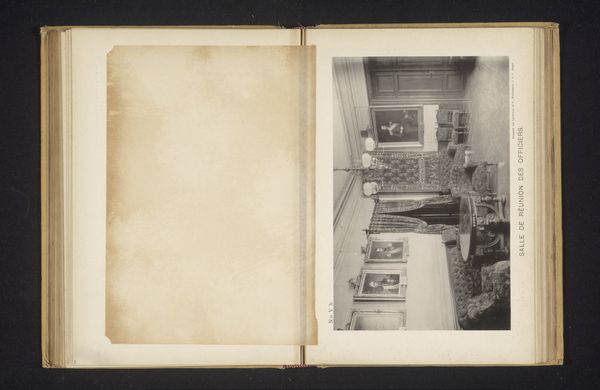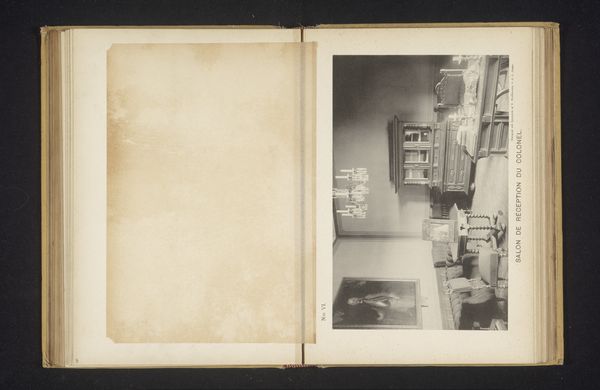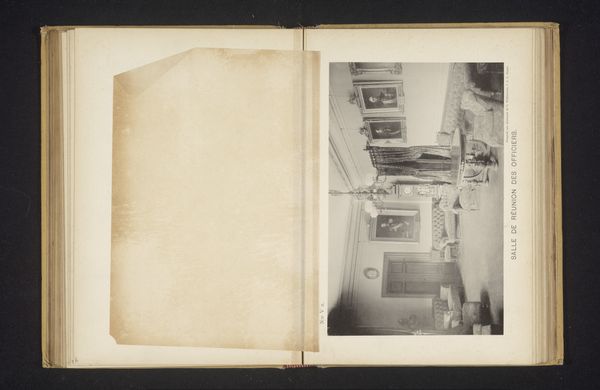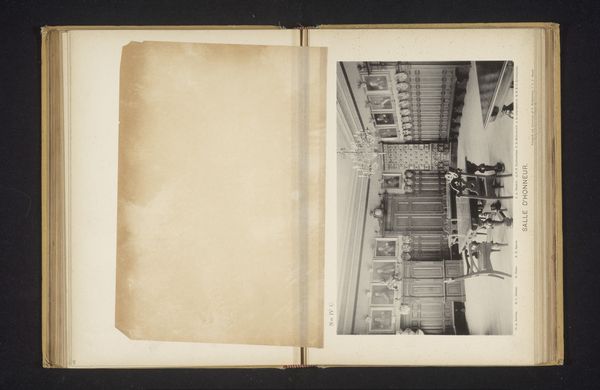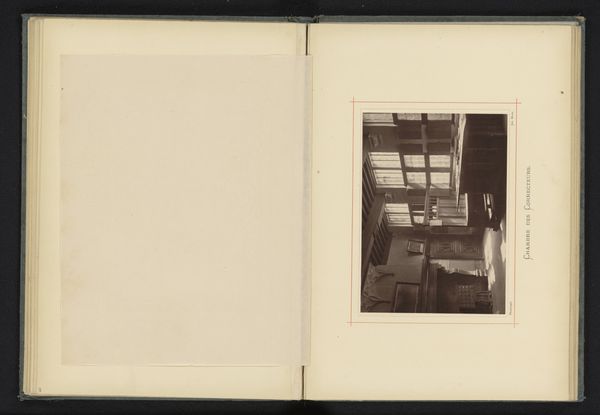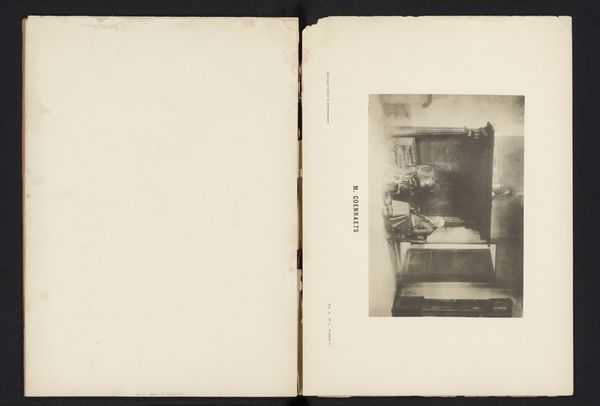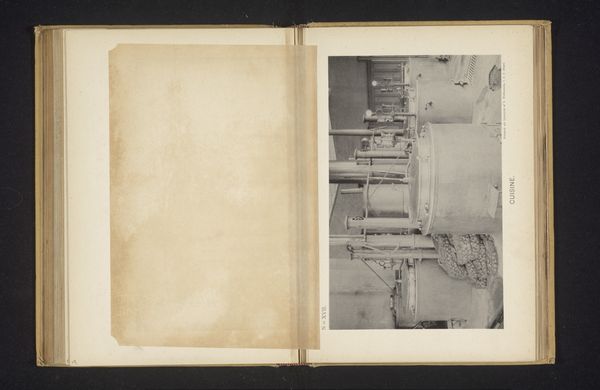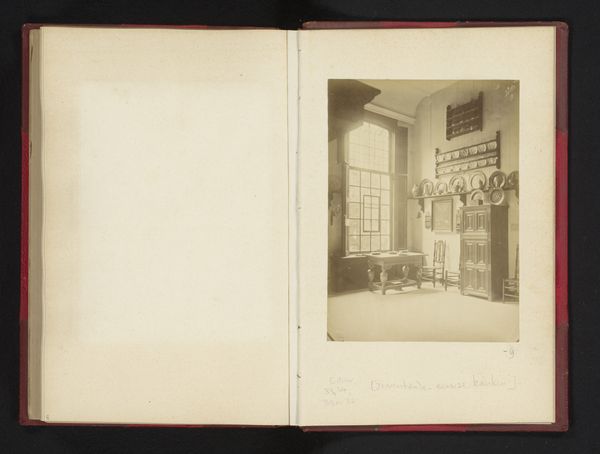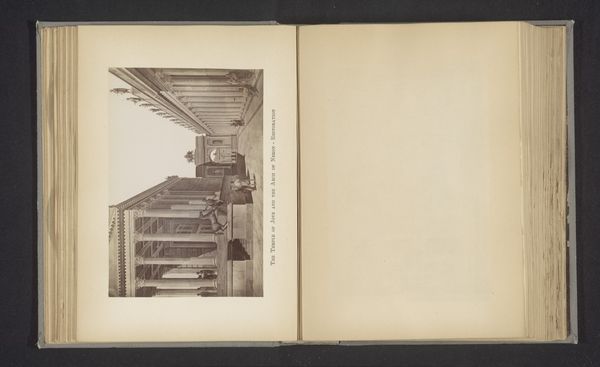
Kamer van een kapitein in een kazerne van de Svea livgarde in Stockholm before 1891
0:00
0:00
print, photography
#
portrait
# print
#
photography
#
realism
Dimensions: height 120 mm, width 186 mm
Copyright: Rijks Museum: Open Domain
Curator: This intriguing photograph, titled "Kamer van een kapitein in een kazerne van de Svea livgarde in Stockholm," which translates to "Room of a Captain in a Barracks of the Svea Life Guards in Stockholm," is attributed to V. Wolfenstein, dating from before 1891. Editor: The room feels both imposing and intimately observed. I am immediately drawn to the long rows of framed portraits—stern gazes, rigid composure, a real assertion of authority within an almost claustrophobic space. Curator: The visual order is quite striking, isn't it? Observe how the rectilinear forms – the frames, the cabinetry – contribute to a rigid grid that defines the room. This formalism imposes a hierarchical reading: the repetition establishes a clear structure. Editor: And what kind of structure does it evoke, precisely? To me, that relentless ordering reads like a very particular mode of military power – a surveillance state on a micro-level. Consider how those portraits function: silent watchers, reinforcing ideals of duty and discipline, even personifying them. Curator: Certainly, one can interpret the image that way. Yet, from a more purely compositional perspective, notice how the photograph plays with light and shadow, lending a remarkable depth to an otherwise confined space. It uses the single light source and reflects and echoes around the room via mirrors, portraits in glass, wooden desks. Editor: I agree the light play gives it a certain moodiness. But can we ignore that mood is intrinsically linked to the image's content? This isn't just about "light and shadow"; it's about how those elements amplify a very specific atmosphere of institutional control. Whose portraits line the wall? Who is being memorialized in these places of power? Curator: Perhaps, and the interplay between rigidity and implied comfort also create tension here, wouldn’t you agree? Editor: That tension between lived space and controlled environment makes it even more resonant, don't you think? It underscores how power seeks to domesticate itself, to naturalize its presence. Curator: Precisely! The visual analysis shows clear markers of structure, a physical rigidity in the time and space, not dissimilar to the rigid standards of photography from the 19th century. Editor: This gives us an image steeped in context, not just a pretty study in form! These kinds of institutions perpetuate through this image: how does power perform for us through art?
Comments
No comments
Be the first to comment and join the conversation on the ultimate creative platform.
